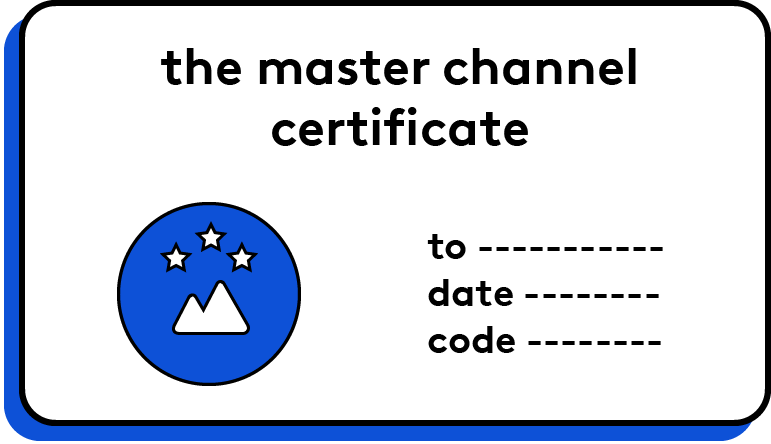Course
A Practical Guide on Root Cause Analysis
Don’t stay on the surface, start digging
What will you learn?
Stop accepting quick fixes
People are experts in finding quick fixes to problems. They only focus on the symptoms they see, hear, or feel, but they forget to dig for the problem’s root cause.
Is that something you recognize? Well, then you’ve come to the right place. In this course, we will provide the tools and techniques that improve your chances to successfully solve a problem by digging for the root cause(s). You’ll see that this only tackles one step of your typical problem-solving framework. However, it’s a pivotal step to take in the messy reality of problem-solving.
Is that something you recognize? Well, then you’ve come to the right place. In this course, we will provide the tools and techniques that improve your chances to successfully solve a problem by digging for the root cause(s). You’ll see that this only tackles one step of your typical problem-solving framework. However, it’s a pivotal step to take in the messy reality of problem-solving.
8 sanity checks to overcome challenges
- Clarity: everything should be clear
- The truth and nothing but the truth: fact-check first
- Correlation is not causality: Polio and ice cream consumption – are they related?
- Indirect effect: add additional relationships to guide your audience
- Remove duplicates: discover tautologies
- Insufficient cause: what else?
- Vicious cycles: don’t fall into a downward spiral
- Emotions: be logical
Find all causes
- Which stakeholder do we need to involve?
- How do we know we’ve found all causes and relationships?
- When do we stop our analysis?
Find actual causes
Learn how to find the best answer to your question. Using a set of simple techniques, you’ll grasp how to identify the set of causes that best explain the problem. You can do some things: group cause to reduce complexity, gather evidence, and find your Pareto optimum. All of these techniques are discussed in detail in this course.
Professional development
The Master Channel - Mastery Level Certificate

Complete all the content of a course and earn a score of 80% or higher on the exam to earn your Mastery Level Certificate.
International Institute of Business Analysis (IIBA®)

Complete all the course content to earn your Continuing Development Units (CDUs) or PD Hours. The Master channel is an approved IIBA® Endorsed Education Provider for ECBA®, CCBA® and CBAP®. Learn more about our cooperation here.

